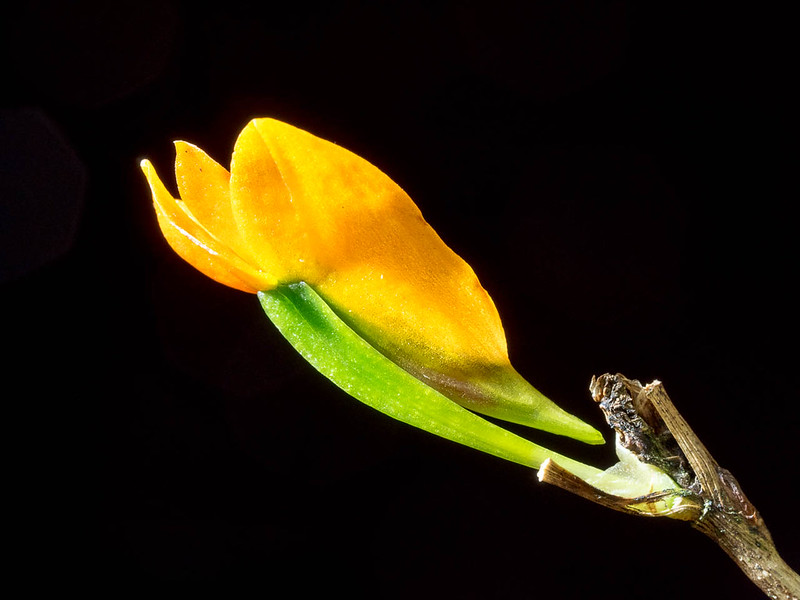
I love the color of this flower! Dendrobium vexillarius is the most common species in Dendrobium section Oxyglossum of New Guinea (Reeve and Woods 1989). It can be found in Moluccas (west of New Guinea), New Guinea, and Bismarck Archipelago (east of New Guinea) at the elevations of 1200-3500m. While the availability of this species for cultivation is somewhat limited at this moment, it is a very popular species partly due to the amazing color palette of the species. The species shows amazing variations in the color of flowers, and Reeve and Woods (1989) recognized 6 varieties. The flower color includes blue, yellow, white, orange, pink/purple, and red. These varieties represent distinct populations. I surely hope that breeders will respect the wonder of natural variation, and try to preserve the varietal differences in cultivation.
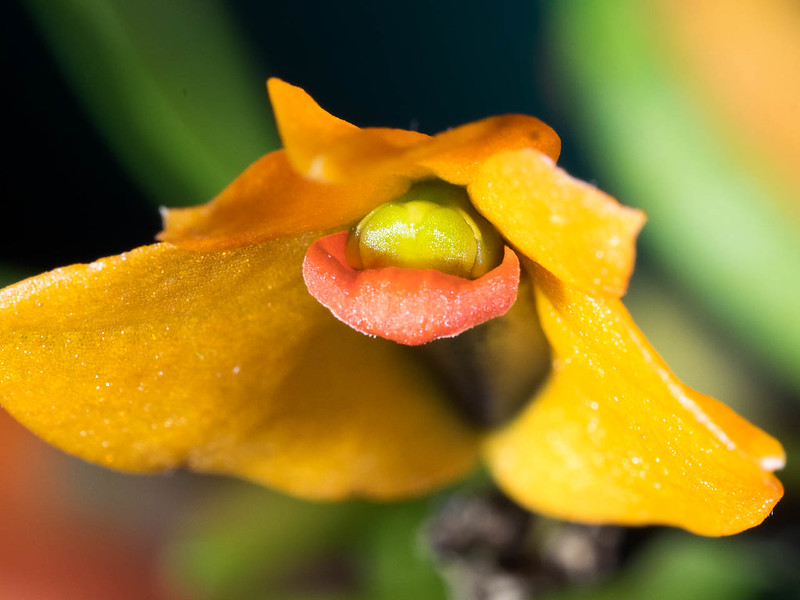
Description, distribution map and a key to varieties, derived from Reeve and Woods (1989), can be seen in Orchids of New Guinea site. Using the key, my plant appears to be D. v. var. microblepharum. This variety is from a relatively small region of Eastern New Guinea, and there are records from the Provinces of Sandaun, Enga, East Sepik, and Southern Highlands at the elevations of 1800-2900m. This is basically the north-western corner of Papua New Guinea, close to the Indonesian border. There is also a single record from western (Indonesian side of) New Guinea from Lake Habbema near Puncak Trikora. Reeve and Woods (1989) noted that additional data is needed to understand the extent of the distribution of this variety. As a interesting side note, Reeve and Woods (1989) mentioned that the orange flowers of this variety is used for hair and arm ornaments by natives of Enga Province.
I purchased this plant from Far East Agriculture of Malaysia in 2015. I grow it in cool-cold environment: 20C (68F) day, 10C (50F) night (see the bottom of this page for the details of my culture condition).
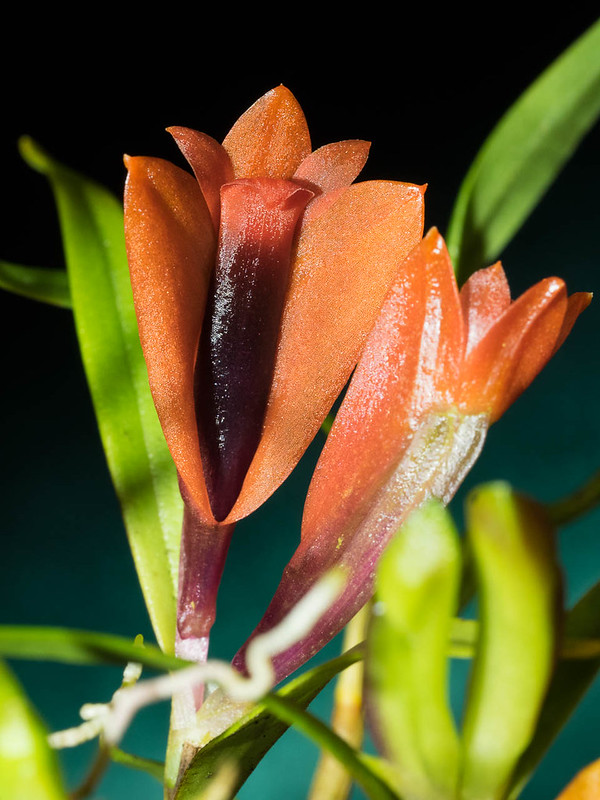
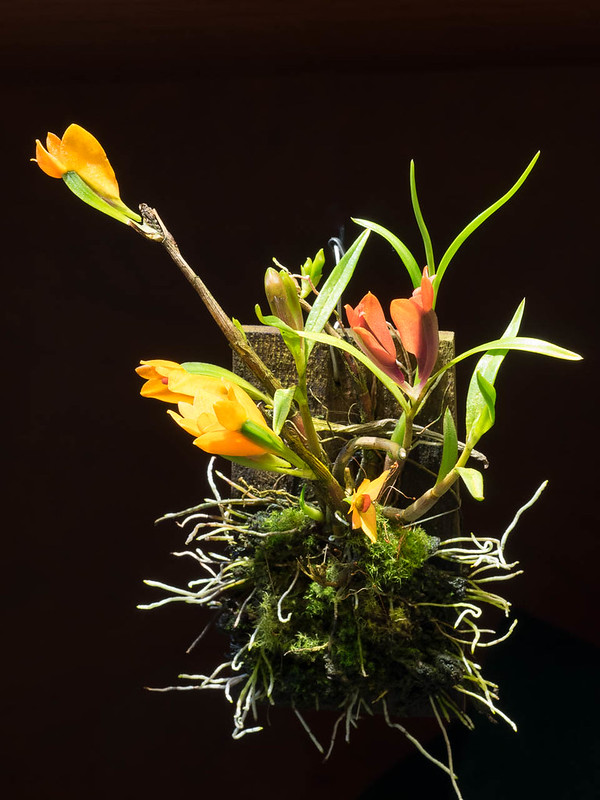
Literature cited:
- Reeve, T. M. and Woods, P. J. B. 1989. A revision of Dendrobium section Oxyglossum (Orchidaceae). Notes from the Royal Botanic Gardedn Edinburgh 46 (2): 161–305.
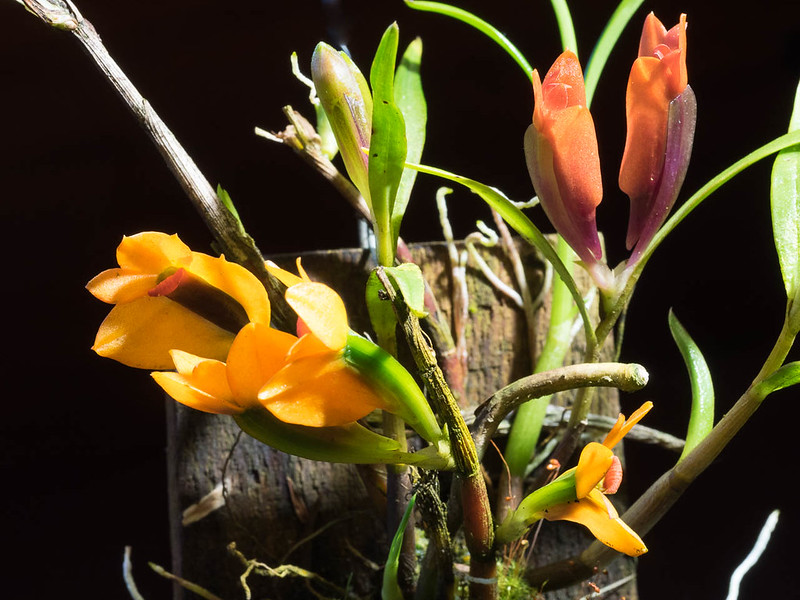
Comments
Post a Comment